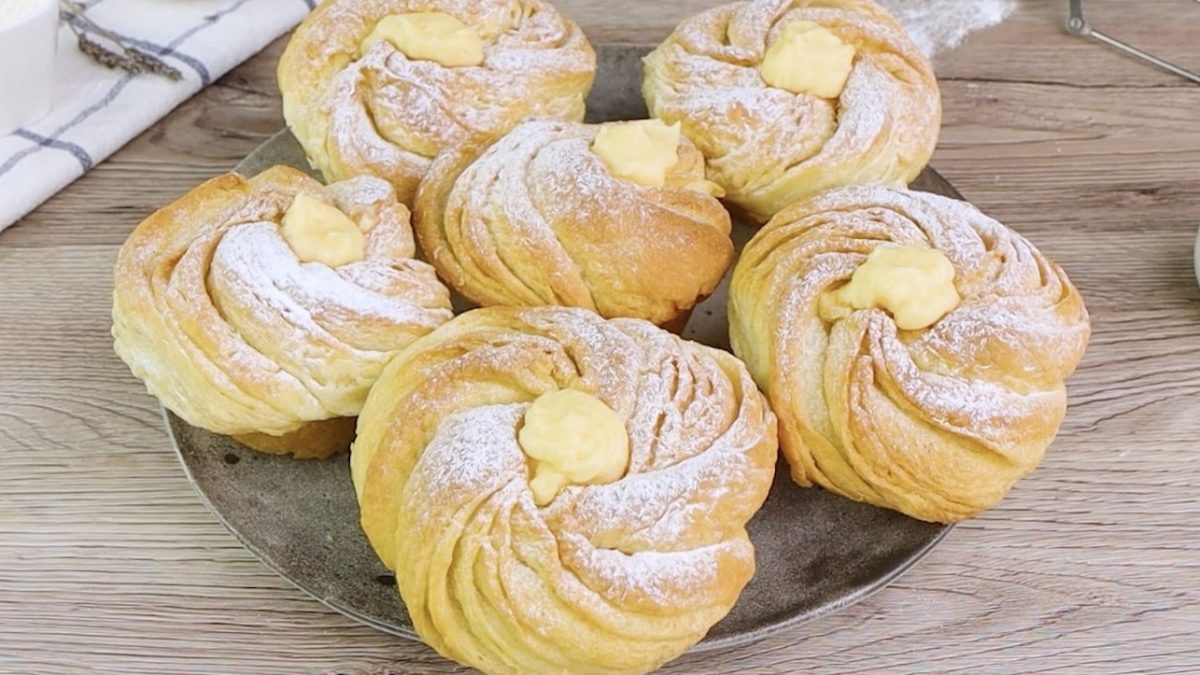
At first glance, they look like muffins. But slice one open, and you’ll discover layers upon layers of delicate, laminated dough, spiraled like a pastry and filled with creamy custard.
What began as a trend in coffee shops has found its way into home kitchens, thanks to a process that’s surprisingly manageable with a little patience. The dough is enriched with butter, patiently folded, and chilled between steps to build those signature flaky layers. Finally, the custard is tucked inside like a hidden bonus.
This recipe breaks down the steps clearly to give you everything you need to make picture-perfect Cruffins at home.
A Sweet Twirl Through Pastry History
The cruffin was first spotted in the wild around 2013, reportedly born in an Australian bakery before flying across continents and into cafés everywhere. While it may look like it’s been around forever, this croissant–muffin combo is less French patisserie, and more globe-trotting influencer.
Pro Tips for the Best Custard Cruffins
- Don’t rush the chill time, as the overnight fridge nap for both dough and butter is non-negotiable. It's what creates that beautiful laminated effect.
- Keep your butter cold because warm butter melts into the dough and ruins the lamination.
- Stretch your dough carefully. When layering the strips, a gentle tug helps create those dramatic spiral folds.
- Double wrap the dough in cling film to help it keep its shape and stay hydrated during its resting time.
- The custard filling goes in once these beauties are out of the oven. Piping it in while warm gives that gooey center.
What is flour 00 and can I substitute it?
Flour 00 is extra-fine flour often used for pasta and pastries and it gives a soft, smooth texture. If you can't find it, you can use all-purpose flour, though the texture might be slightly different.
Can I make the custard myself?
Homemade custard is easier than you think. Use egg yolks, sugar, cornstarch, milk, and a splash of vanilla and stir until thickened.
Do I need special equipment?
No you don’t! A rolling pin, a muffin tray, parchment paper, and a little patience are all you need. A piping bag will help with the custard, but a zip-top bag with a clipped corner does the job too.
Why do my cruffins shrink or flatten?
Over-proofing or an oven that’s not hot enough can lead to sad, slouchy cruffins. Stick to the resting and baking times and make sure your oven is preheated properly.
How to Store Any Leftovers
Custard cruffins are best eaten within a day or two, but leftovers do survive. Store them at room temperature for up to 2 days, but if filled with custard, refrigerate them and eat within 3 days.
Freezing is possible, however freeze before filling and then reheat, fill, and dust with sugar when ready to serve.
Ingredients
How to Make Custard Cruffins
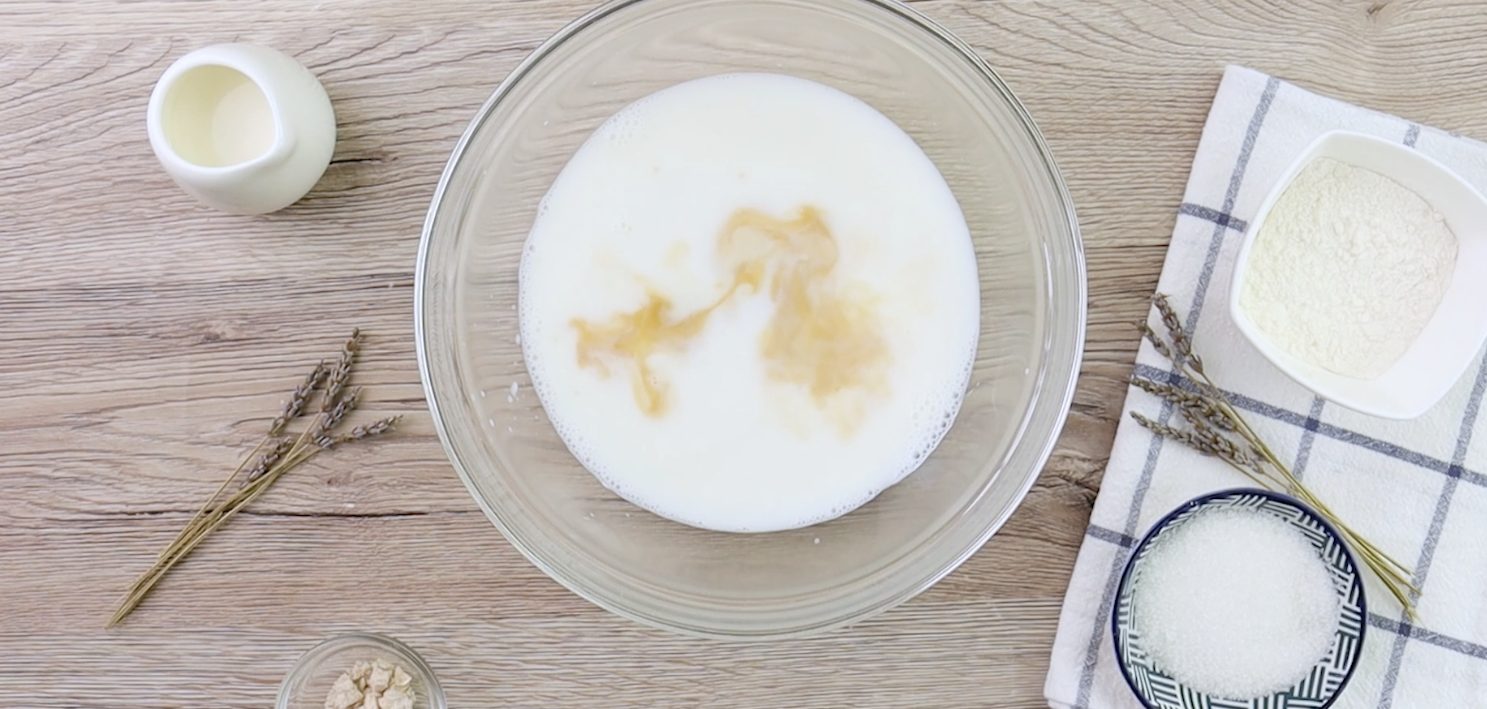;Resize,width=712;)
In another bowl, pour your previously prepared mixture into the flour with salt and mix with a fork.
In a bowl, stir together milk, water, fresh yeast, sugar, and a splash of vanilla.
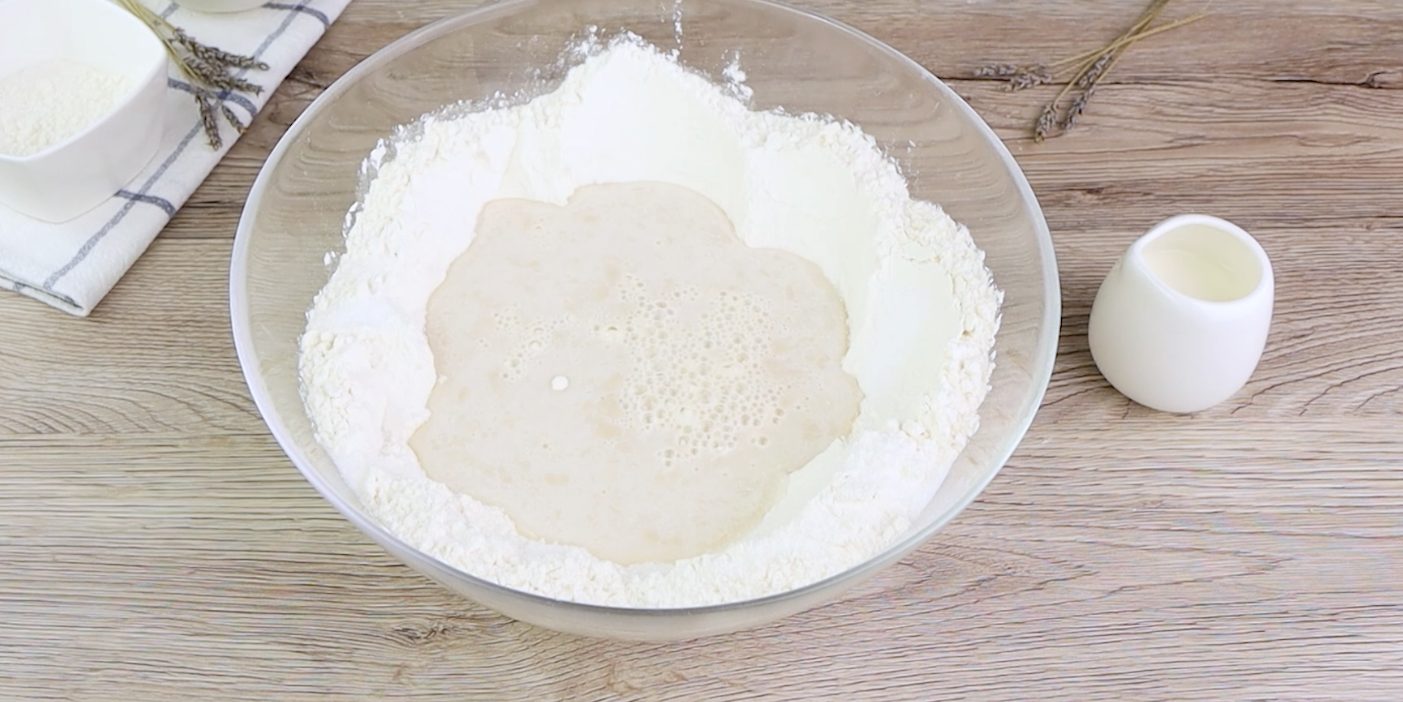;Resize,width=712;)
Take your cold butter, place it between two sheets of parchment that was previously prepared by drawing an 18x25cm rectangle, and flatten it with a rolling pin until it fits the shape. Chill in the fridge for 12 hours.
In another bowl, pour your previously prepared mixture into the flour with salt and mix with a fork.
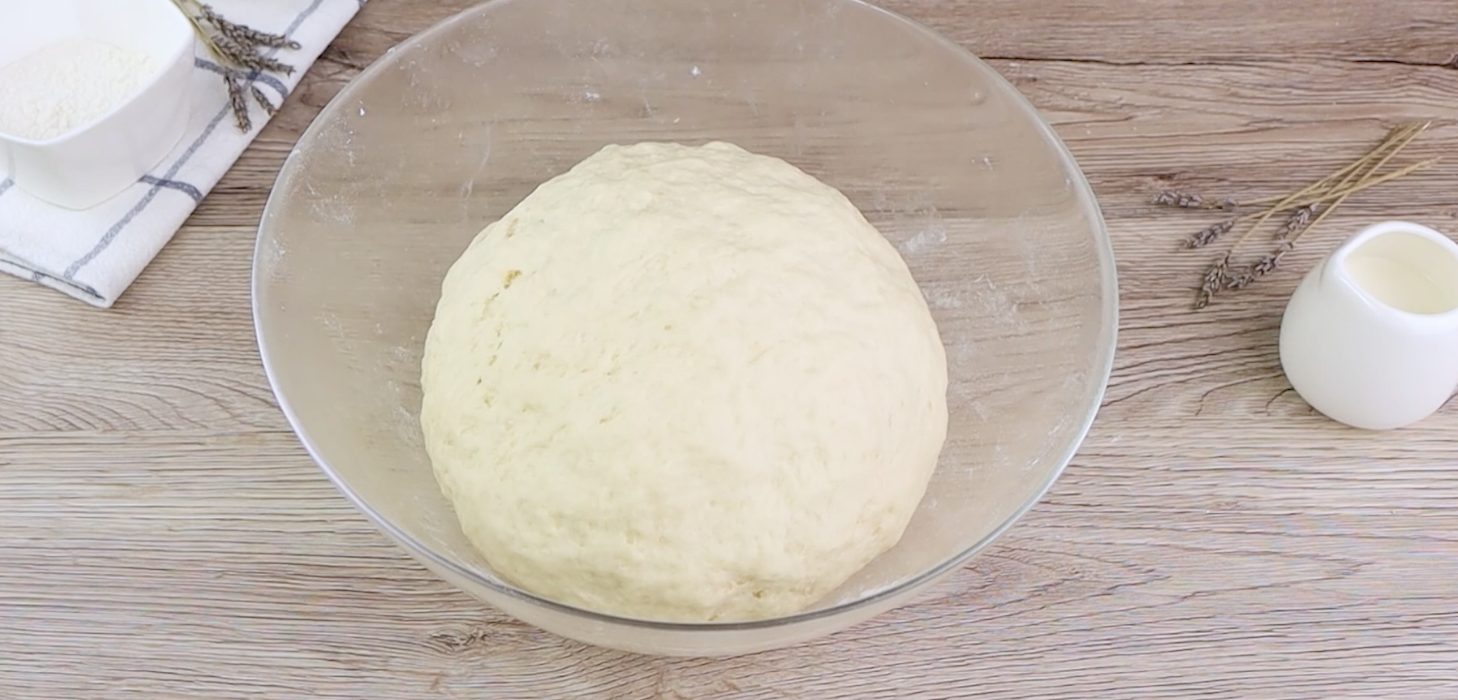;Resize,width=712;)
Shape your risen dough into a rectangle, wrap it up, and place it in a pan, and send it to the fridge for 8–12 hours too or overnight.
Once the dough starts to form, knead and let it rest for 20 minutes.
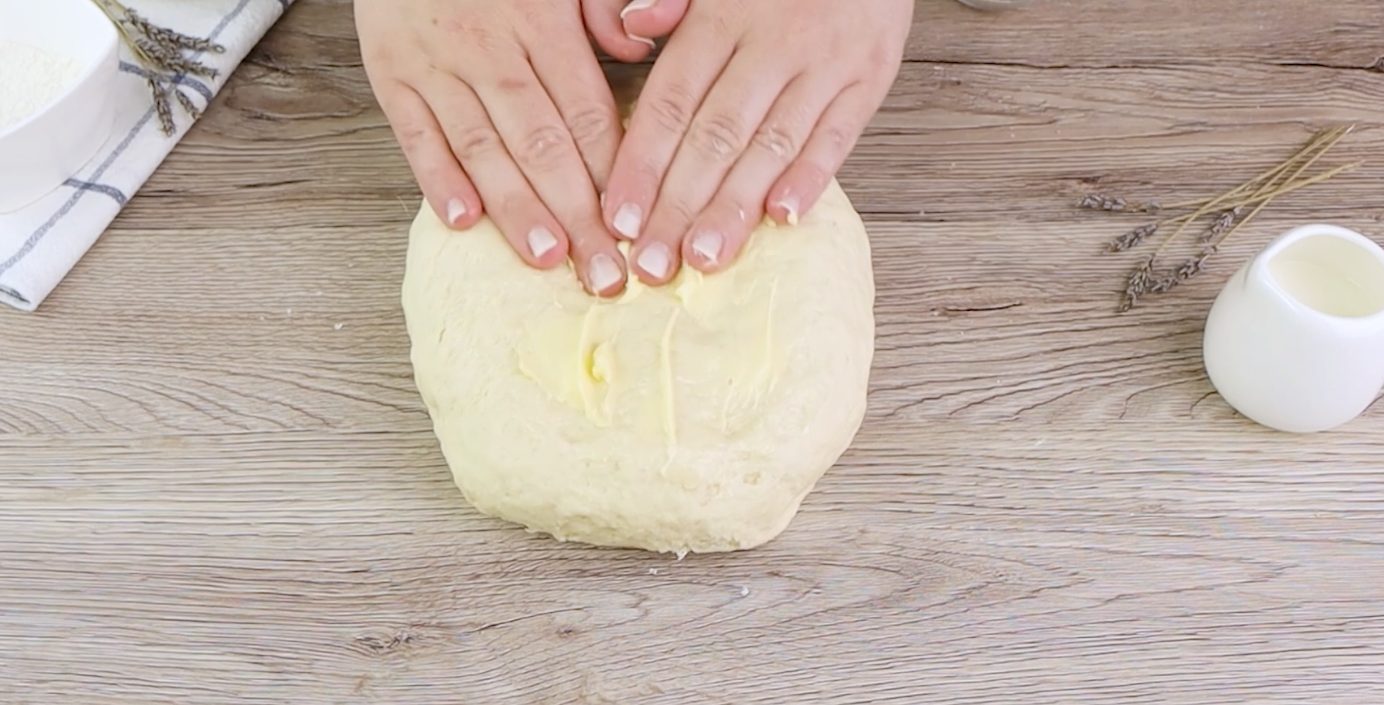;Resize,width=712;)
Stretch each strip a bit, stack them with a slight offset of about a centimeter and press the ends.
Now, knead in the 60g of butter and work it in slowly until the dough is smooth. Let it rest again for 10 minutes.
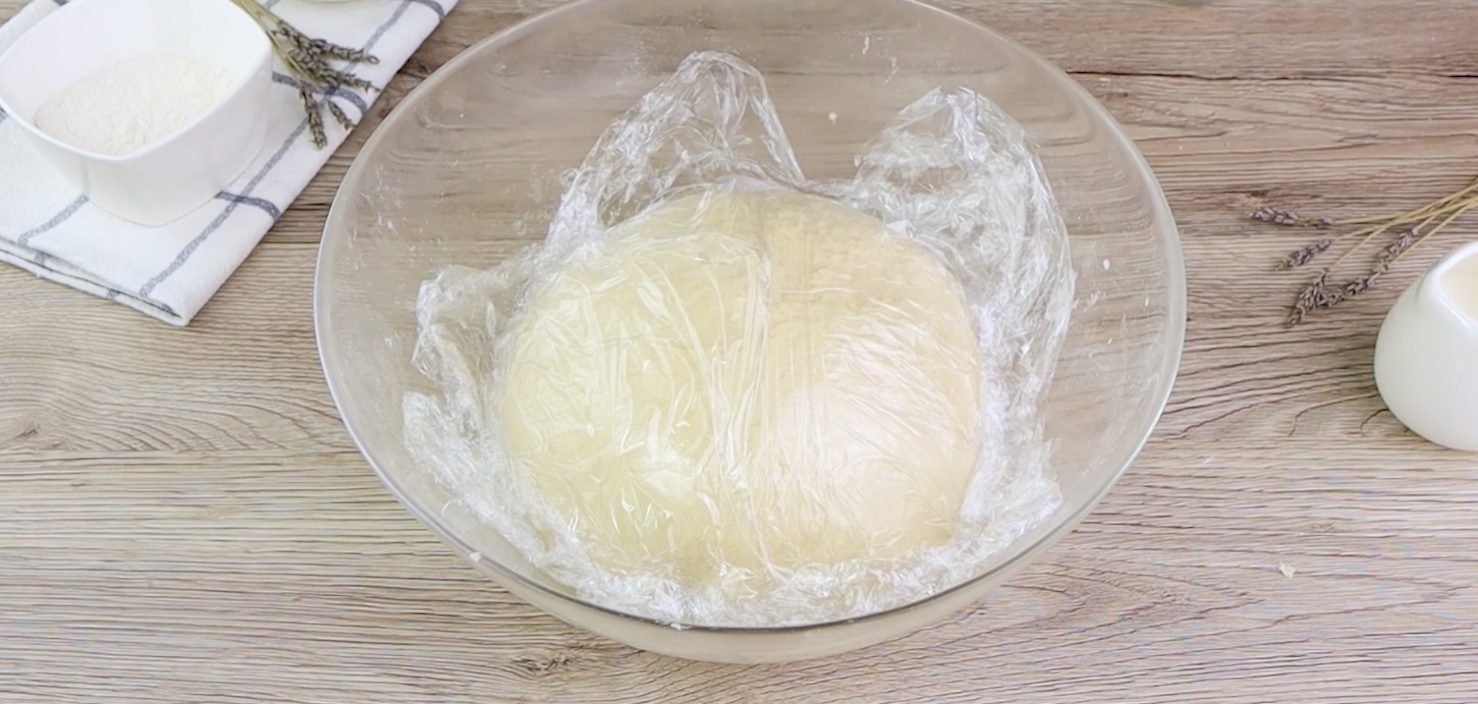;Resize,width=712;)
Once cooled, pipe in custard and dust generously with powdered sugar.
After 10 minutes, knead once more, cover the dough in a bowl with cling film, and let it rise for an hour.
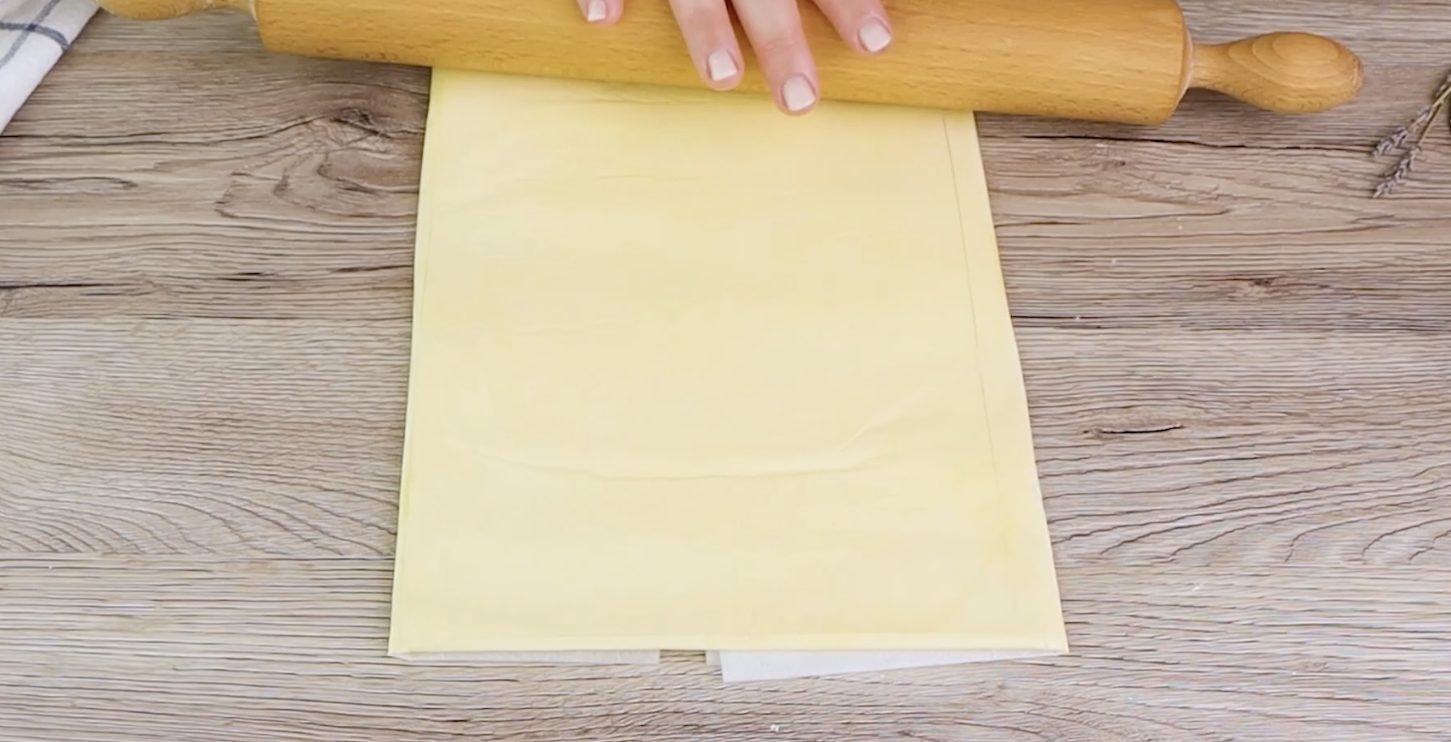;Resize,width=712;)
Eat, share, or guard them with your life.
Take your cold butter, place it between two sheets of parchment that was previously prepared by drawing an 18x25cm rectangle, and flatten it with a rolling pin until it fits the shape. Chill in the fridge for 12 hours.
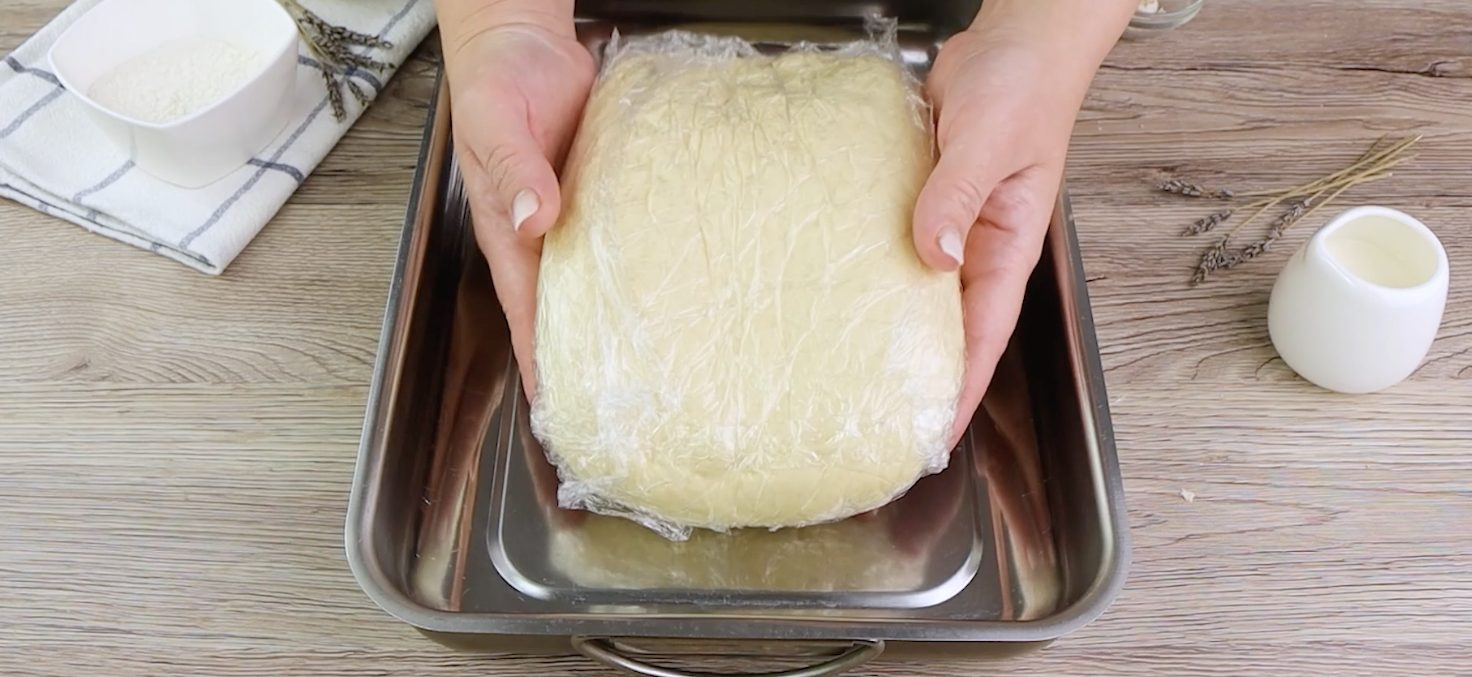;Resize,width=712;)
Shape your risen dough into a rectangle, wrap it up, and place it in a pan, and send it to the fridge for 8–12 hours too or overnight.
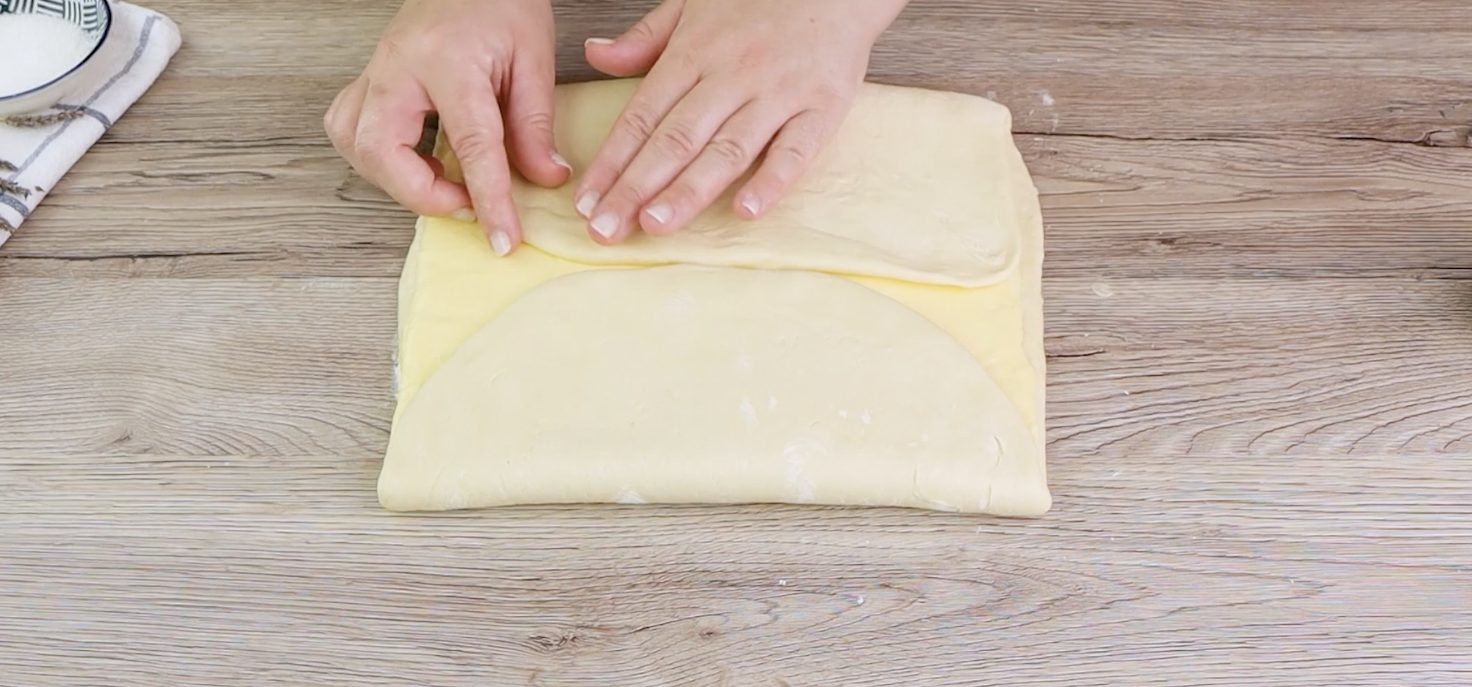;Resize,width=712;)
After time has elapsed, roll the dough to 25x36cm. Place the chilled butter block in the center, fold the dough edges over it, and seal it up.
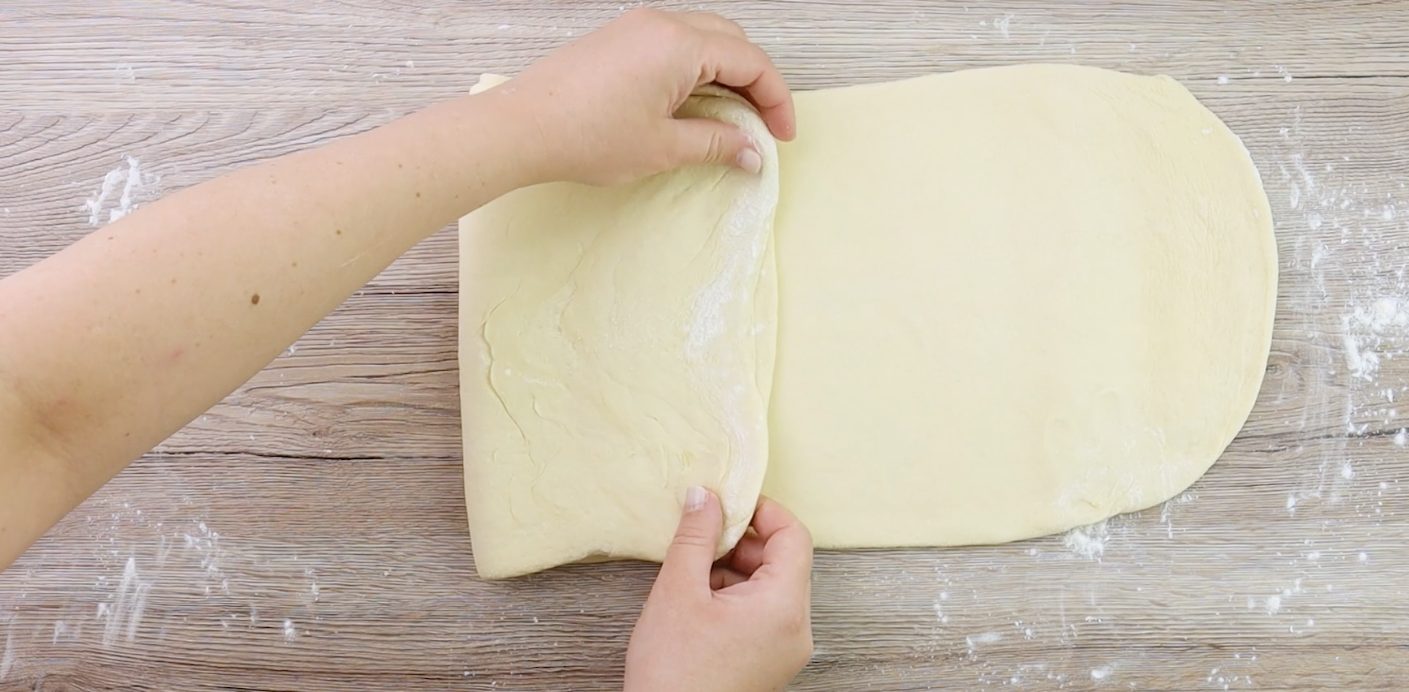;Resize,width=712;)
Trim both edges, then roll the dough out to 80cm long. Fold and repeat the roll. Cover the dough with parchment paper and rest it in the fridge for 1 hour.
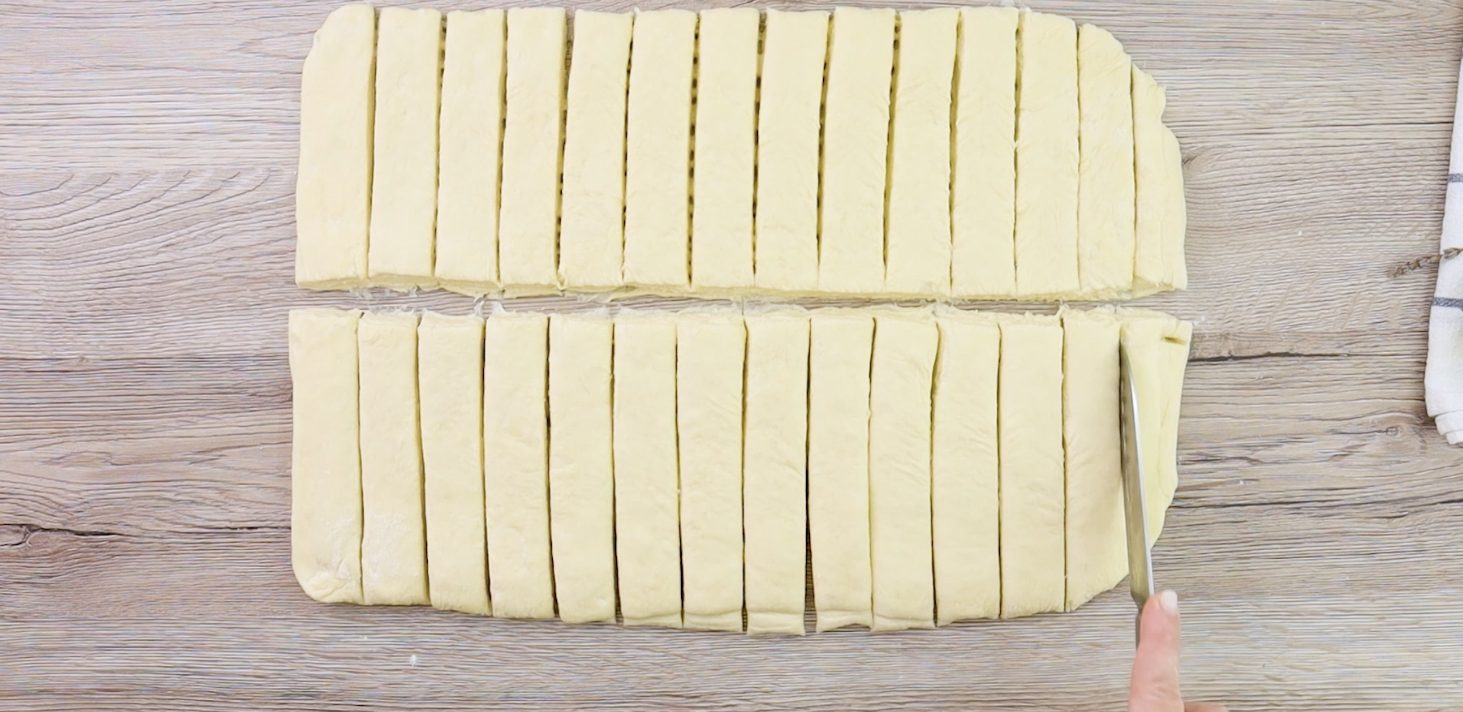;Resize,width=712;)
After an hour, roll it again to 50x30cm. Slice in half lengthwise, then into 3cm-wide horizontal strips. Transfer the strips to a baking tray covered with parchment paper and chill in the fridge for 30 minutes.
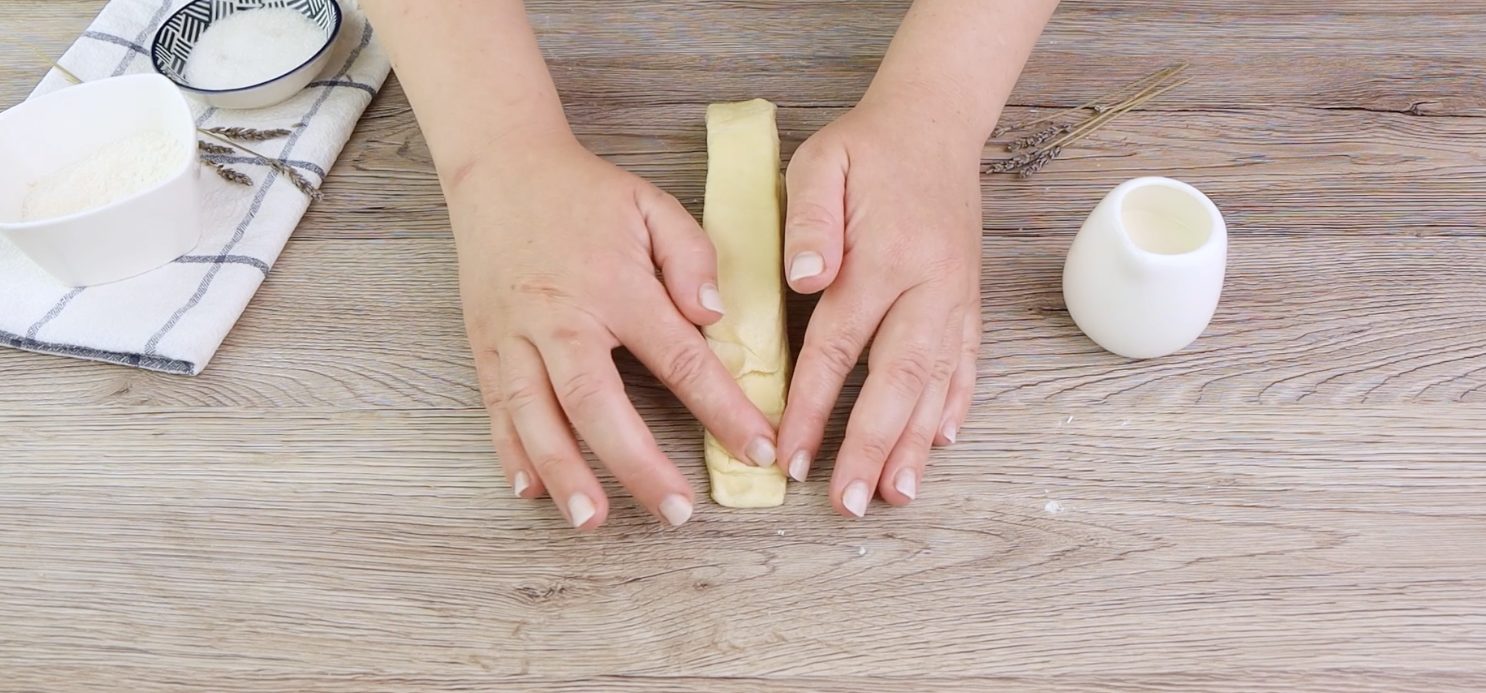;Resize,width=712;)
Stretch each strip a bit, stack them with a slight offset of about a centimeter and press the ends.
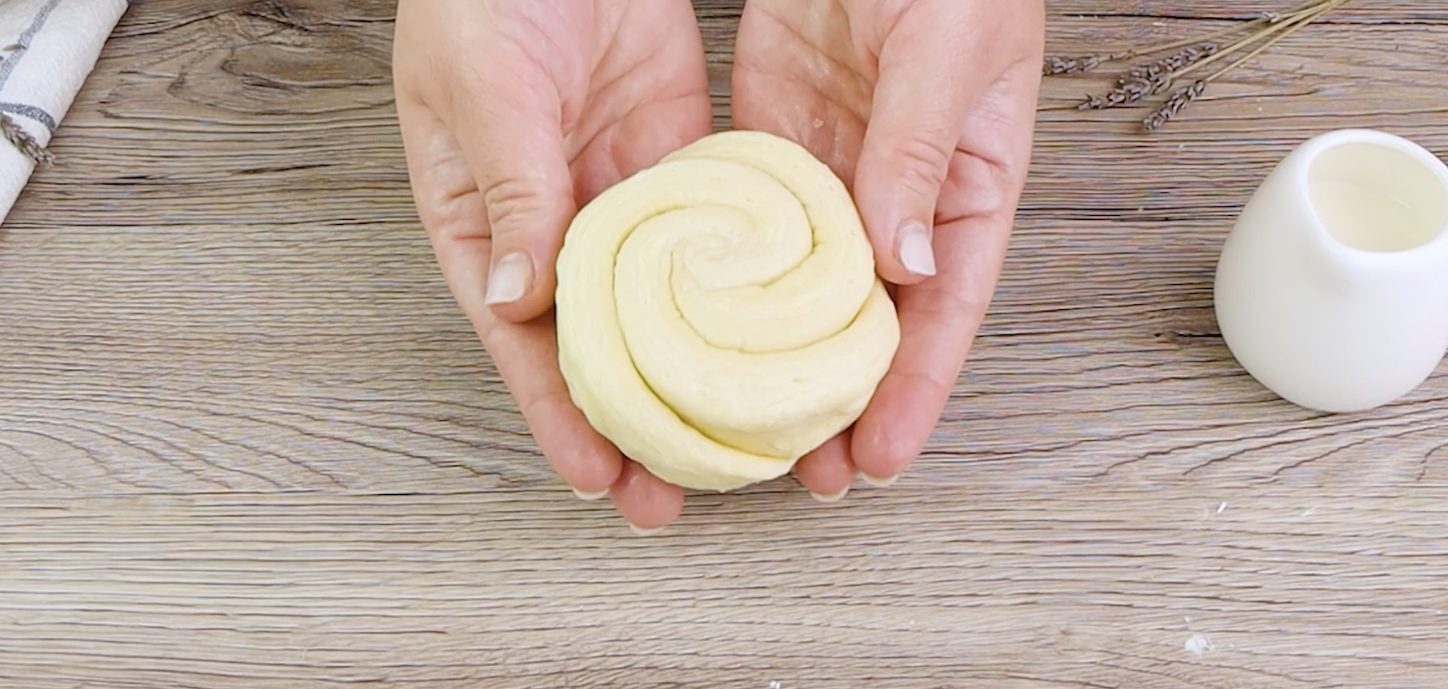;Resize,width=712;)
Roll up the stack strips into snugly little cinnamon swirls and seal the base with your fingers.
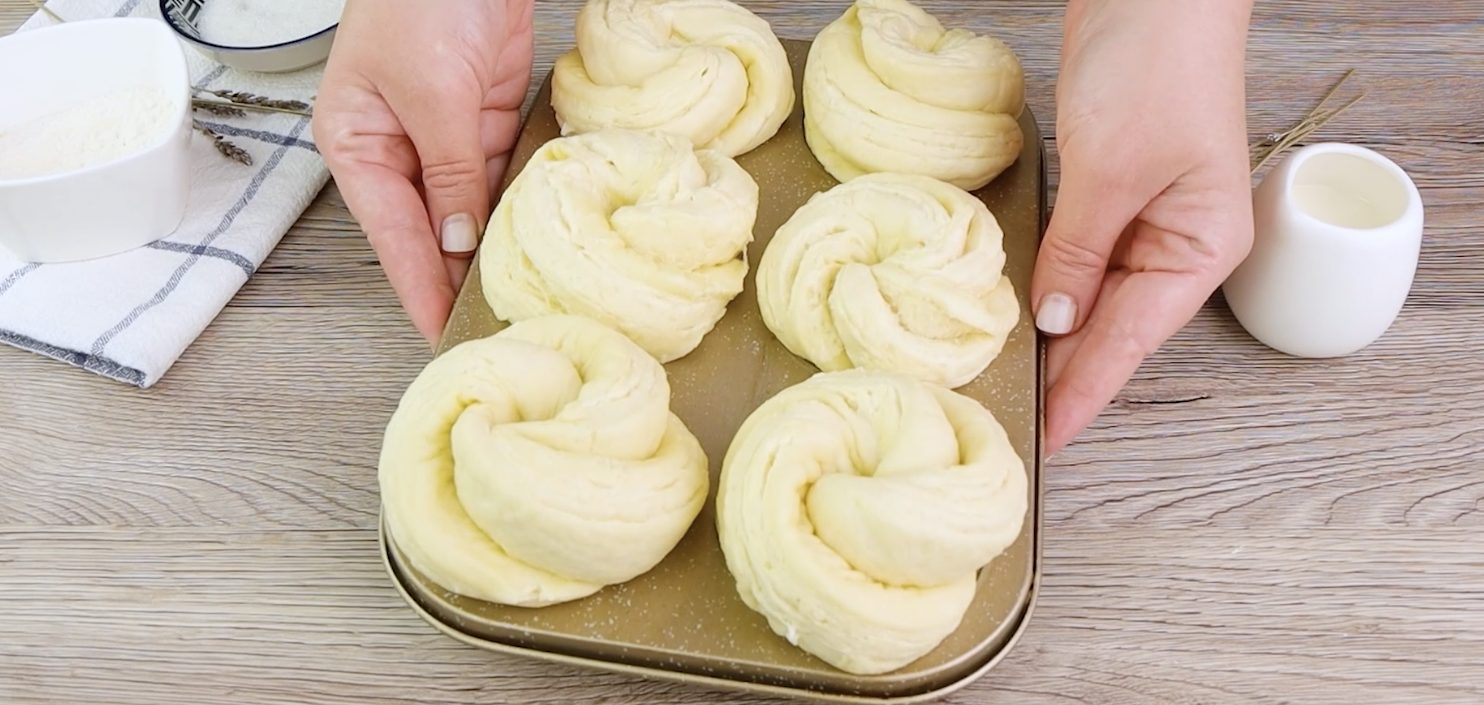;Resize,width=712;)
Place them in a muffin tin and let them rise for an hour until slightly puffed.
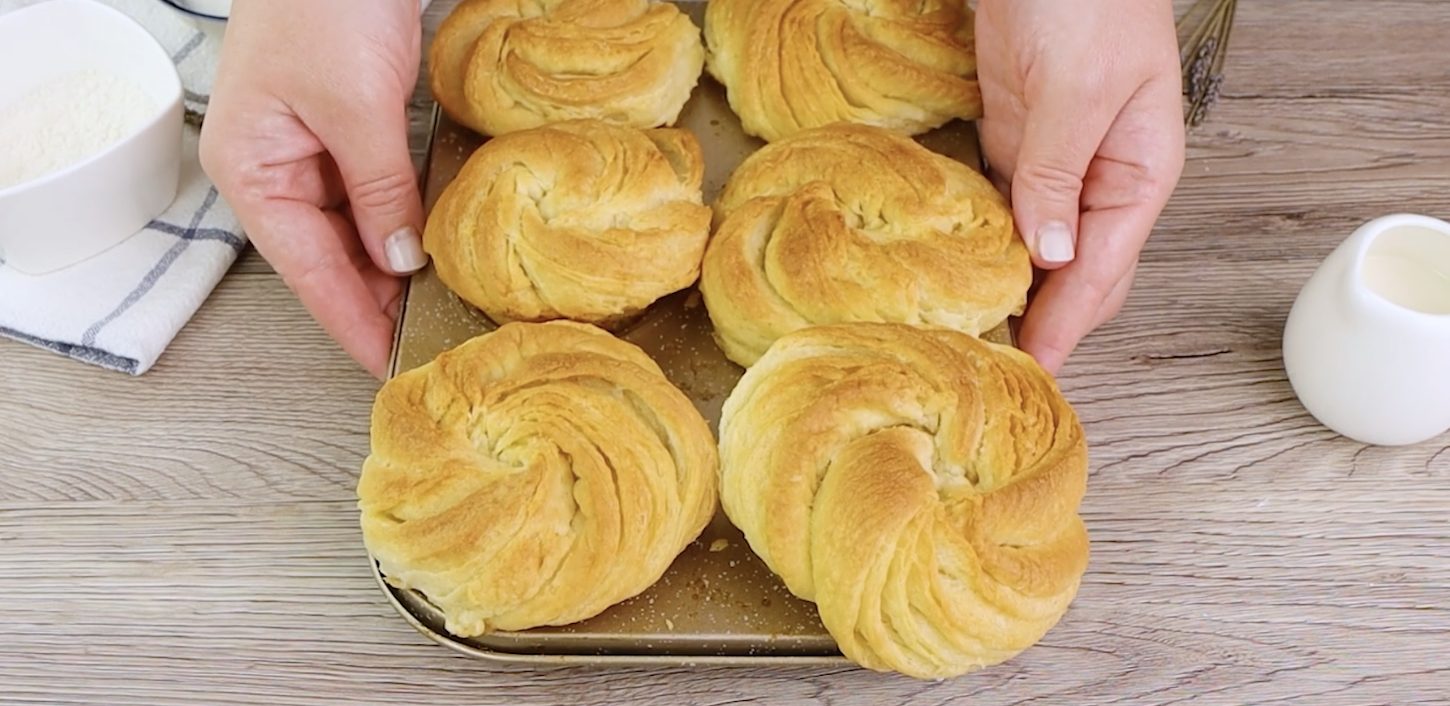;Resize,width=712;)
Brush the muffins with milk and bake at 200°C (392°F) for 5 minutes, then reduce to 170°C (338°F) for another 30 minutes.
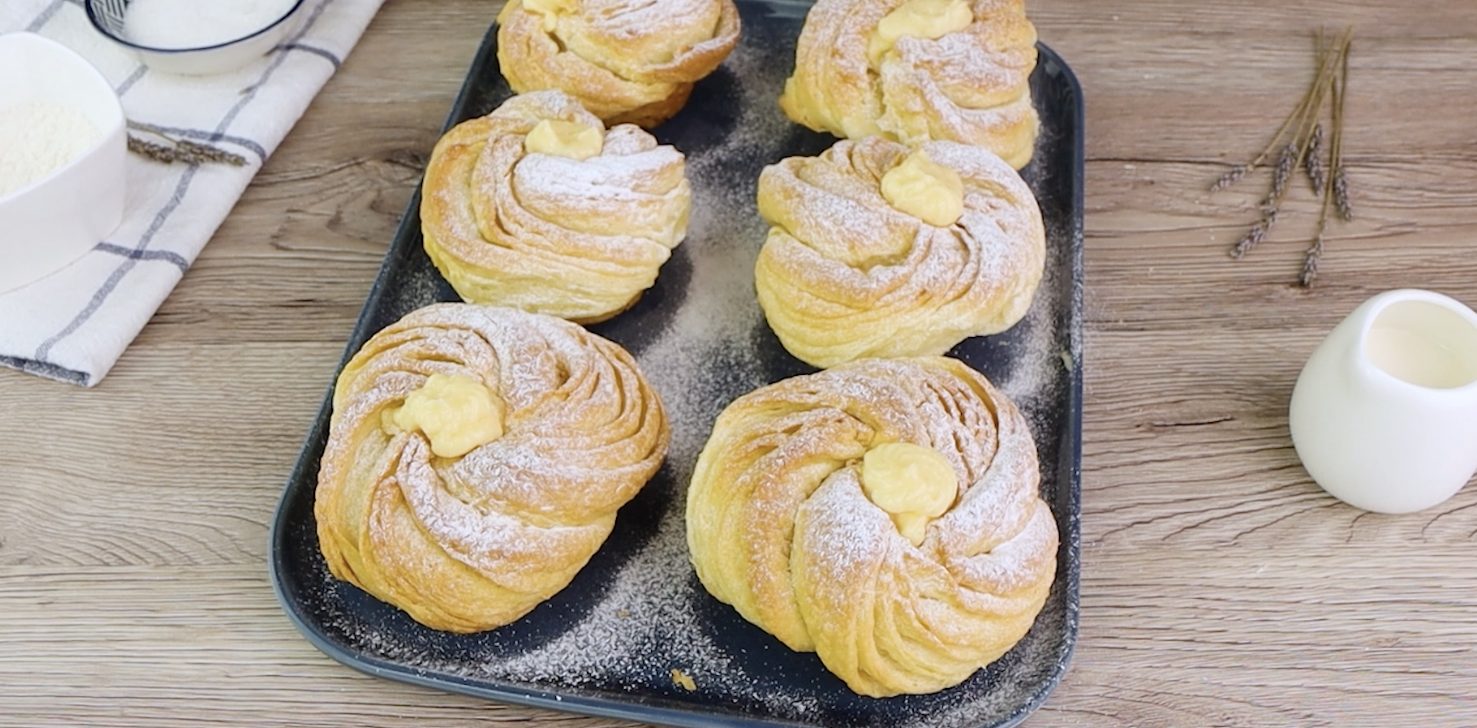;Resize,width=712;)
Once cooled, pipe in custard and dust generously with powdered sugar.
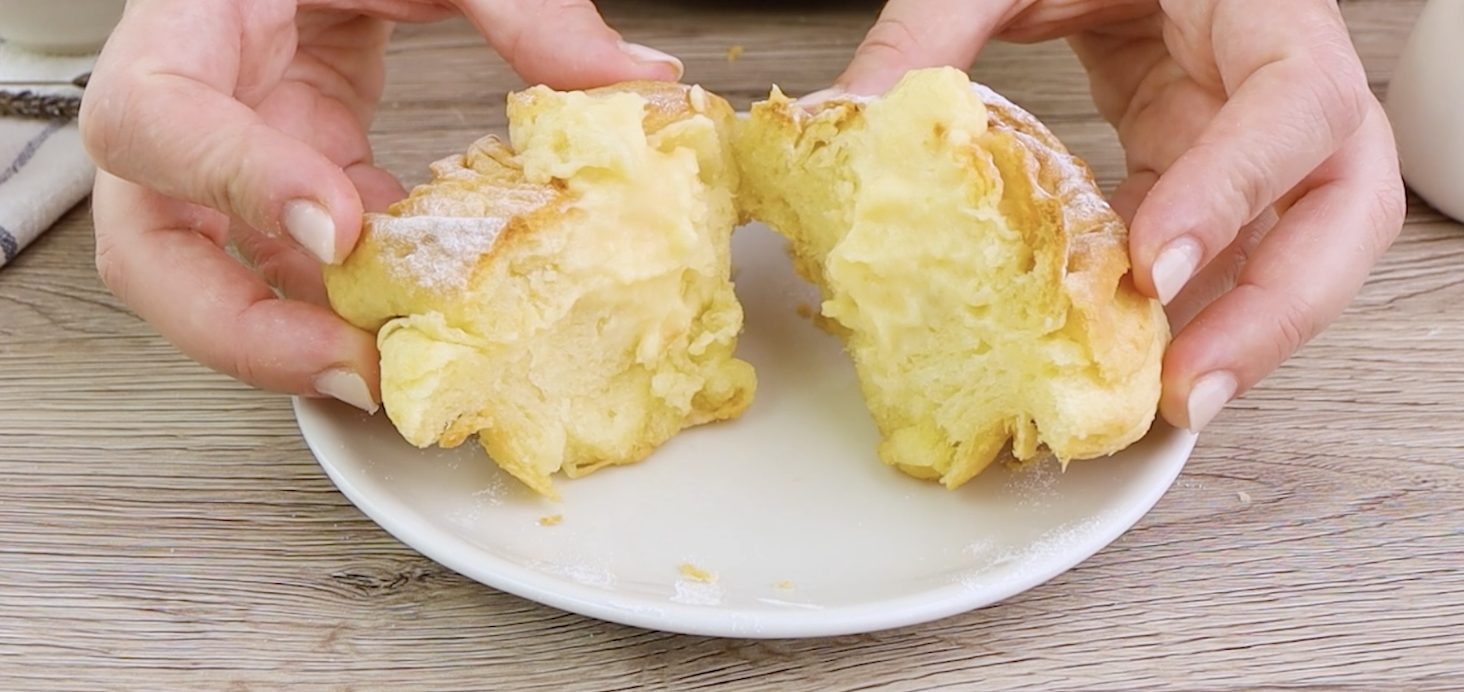;Resize,width=712;)
Eat, share, or guard them with your life.

;Resize,width=767;)
